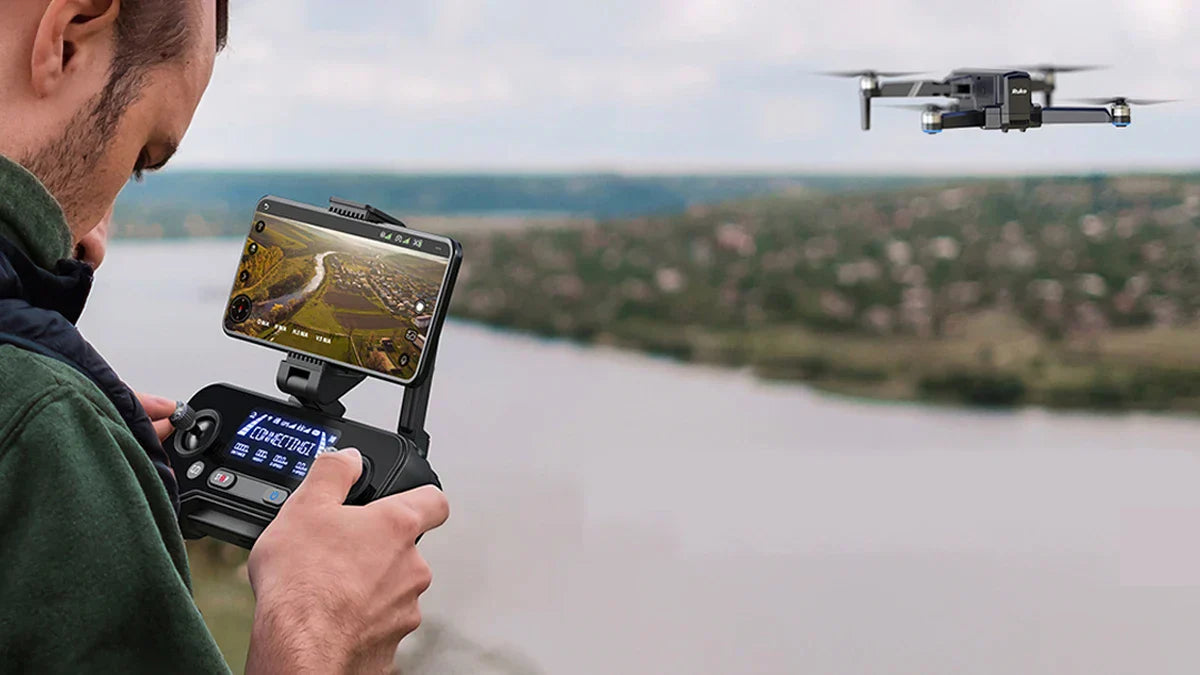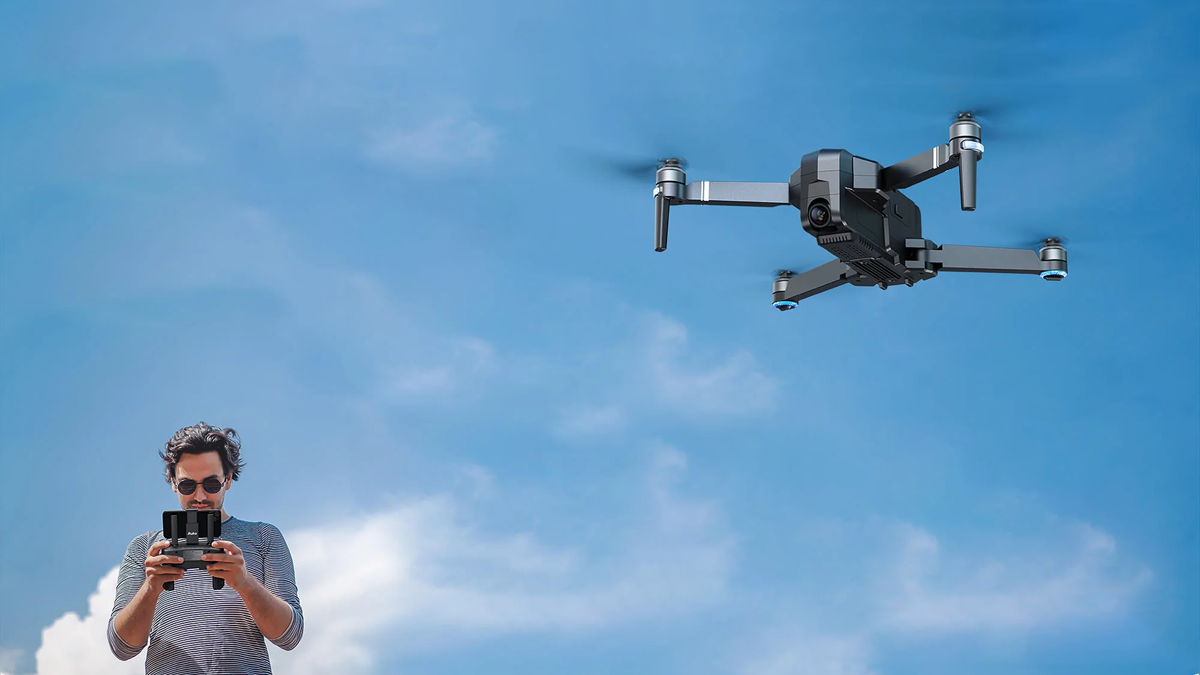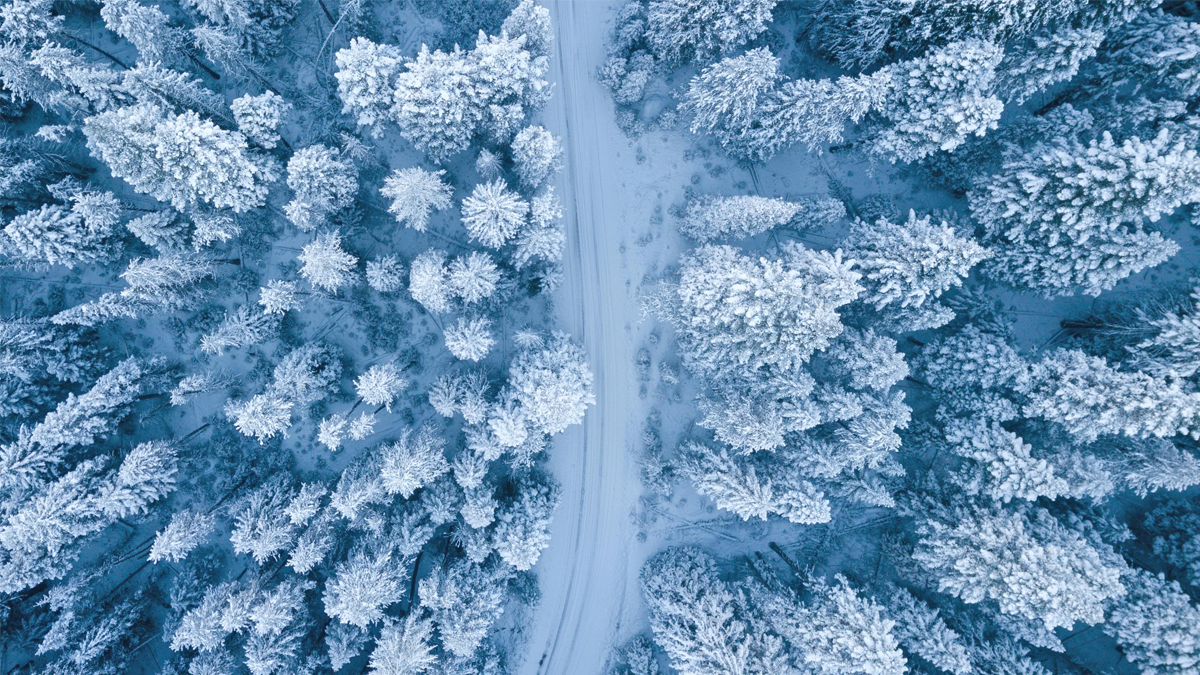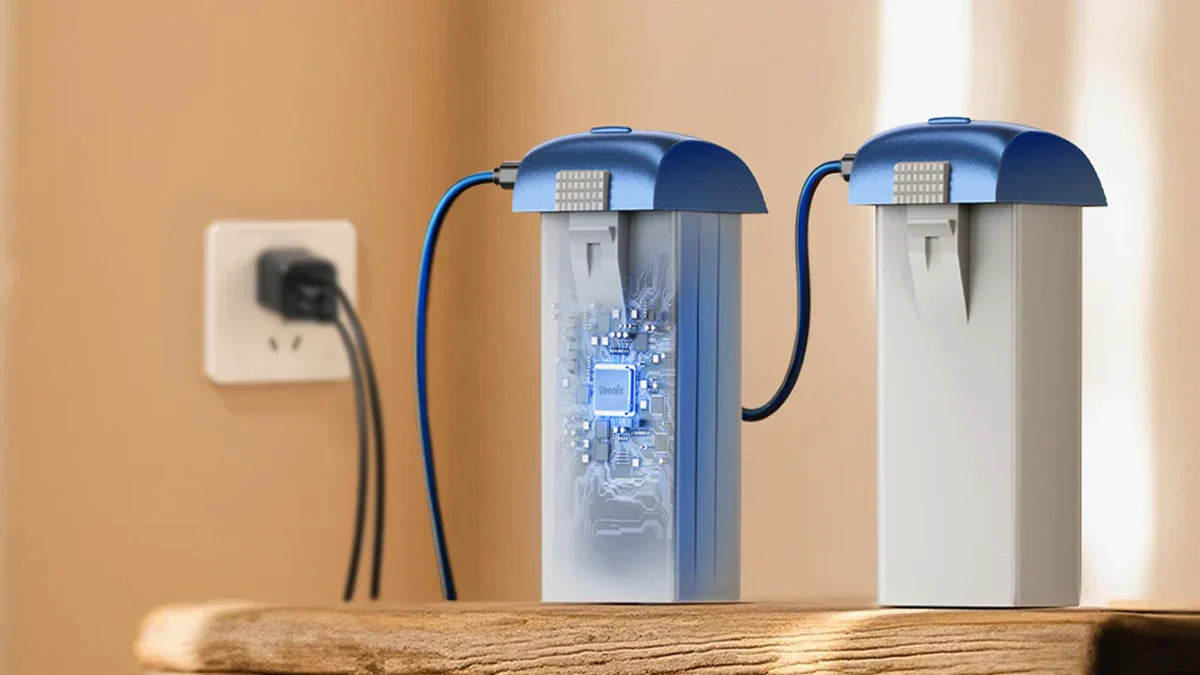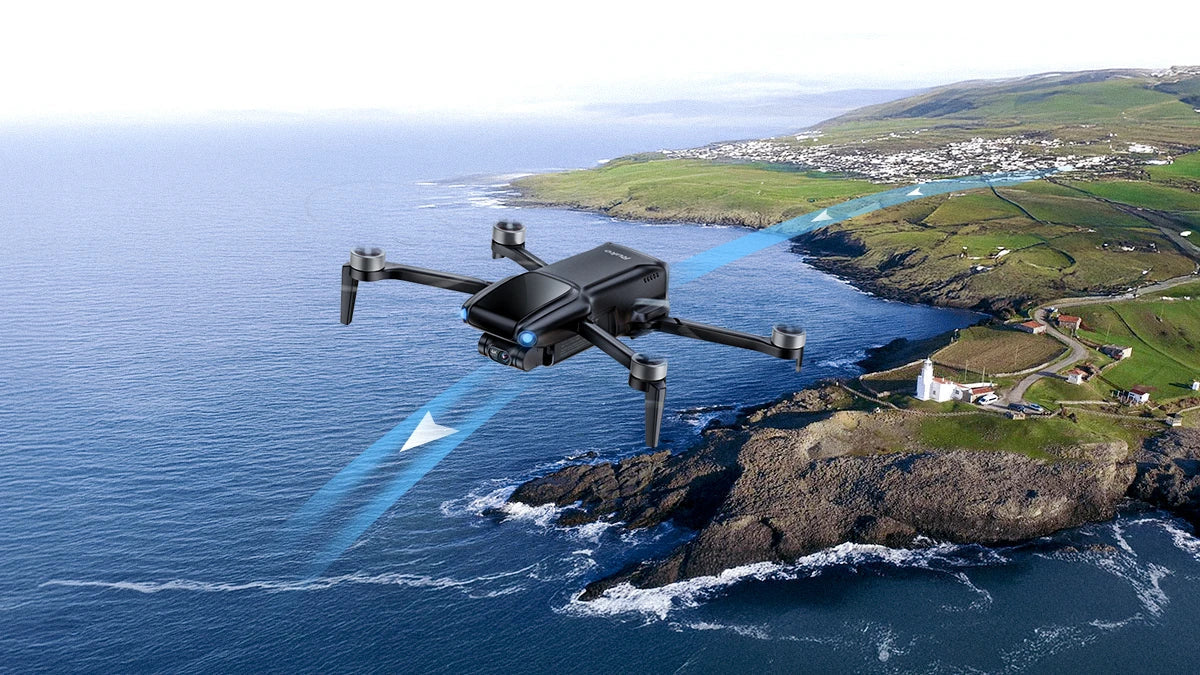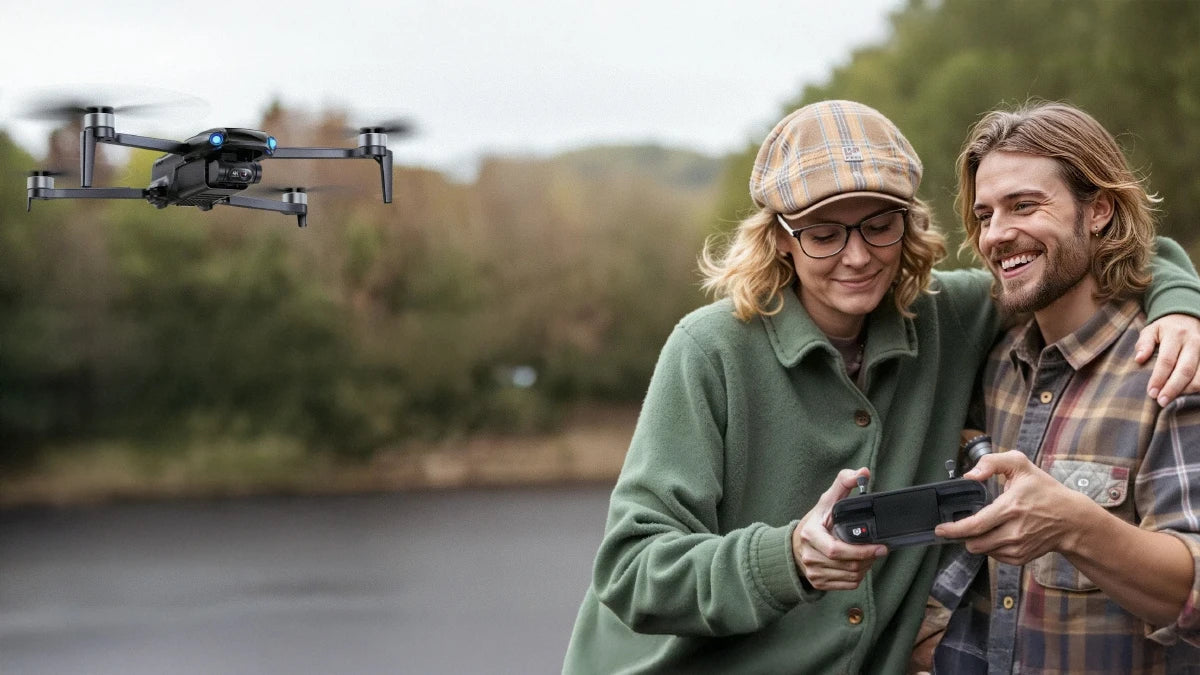Drones have opened up new perspectives for photography enthusiasts around the world to shoot landscapes. Recently, we collected feedback from Ruko drone users and found that strong winds did not stop their enthusiasm for flying drones. The following are measures to deal with strong winds, covering pre-flight preparations, in-flight operations, and emergency handling.
1. Pre-Flight Checklist
a. Check the weather forecast and use professional weather apps (such as Windy and UAV Forecast) to confirm wind speed and gust conditions to determine whether today's weather is suitable for flying.
b. Choose a suitable model. Drones that do not require FAA registration are lighter but have weaker wind resistance. The larger the blade size, the stronger the wind resistance (high-efficiency propellers can be replaced).
c. Flight environment assessment, avoid areas prone to turbulence, such as canyons, high-rise buildings, and mountains. Choose an open, unobstructed site to reduce the impact of wind shear
d. Equipment inspection, ensure that the battery is fully charged (reserve more than 50% of the battery for return).
2. In-Flight Coping Strategies
a. Remote control operation skills. Wind speed is usually low near the ground. If necessary, descend to a safe height. When flying against the wind, the drone may automatically increase the inclination angle, so more power needs to be reserved. The speed may increase sharply when returning with the wind, so it needs to be controlled carefully.
b. Using the obstacle avoidance and positioning system, outdoor flight can assist in stable positioning for GPS positioning. Pay attention to the number of satellites on the remote control screen or the APP usage page to ensure that the satellite tree is greater than 10. "Attitude mode" may be triggered in strong winds, and manual control is required to maintain balance.
c. Monitor key parameters and pay attention to real-time power consumption. Power consumption may double in strong winds.
3. Vital First Aid
If the positioning drifts due to continuous strong winds, return home or land manually immediately. When the battery power is less than 30% and the wind is against you, give priority to landing nearby rather than forcing a return home. When "auto return home" is triggered, manually adjust the altitude to avoid obstacles. If the signal is lost, make sure the return altitude is set correctly (higher than the surrounding buildings). In extreme cases, if the drone is blown over, try to turn off the motor (emergency stop combination key) to reduce damage. Record the last coordinates for easy search.
Friendly reminder
Pay attention to regulatory restrictions. Some countries prohibit flying in bad weather, so you must comply with local regulations. Check your insurance to see if it covers accidents caused by strong winds.

